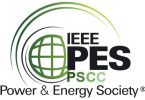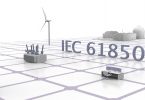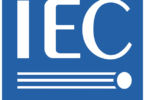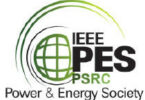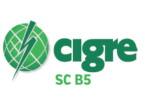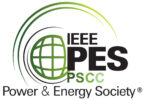by Christoph Brunner, it4power, Switzerland
In our line of work, finding the best compromises requires good interaction between the parties involved. Building a mutual trust between the experts is easier when there is personal contact. If the virtual events prevail in the future, and members change, that will become difficult.
This is the first column of the year and hence it is the time to provide an overview on where we are with the development of the IEC 61850 standard.
Usually I can report from what I have seen at DistribuTECH, what was discussed at the IEEE PSRC meeting or what has been achieved in the Winter meetings of WG10 and WG17.
But what does “usually” mean these days…
Standardization work is to find good technical solutions that are the best compromise between opinions of experts that may sometimes be oppositional. And the solutions also needed to comply with the expectations from the different stakeholders – users and vendors. And finally, they shall be economical. So, a similar task as the governments currently have, when they need to decide about lockdown measures…
I do not want to discuss political work in this column. But what I want to highlight is, that finding the best compromises requires good interaction between the involved persons. Which again requires a mutual trust between the experts. In our generation, such a trust is built up by personal contacts (maybe that will be different in the future for our kids, that already before the pandemic were communicating with each other with texting, even sitting next to each other…)
We now have for a year had virtual meetings only. In principle, that worked fine; we all know each other from earlier meetings. But on a longer term as members change, that will become difficult.
Then, there is as well the inefficiency of virtual meetings. It is impossible to achieve the same thing when you meet here and there for one or two hours compared to an intensive week of work where you are focused on one topic. We have about 20 task forces in WG10.
If every task force has a regular web meeting every second week and you want to participate in all of them, that means you get twice a day an interruption from your daily work for a standardization call.
That is fine, when Standardization work is your Job Description. Otherwise, it is difficult.
So overall, I think we learned a lot during that last year of virtual meetings:
- Yes – it is possible to organize also larger meetings with 70 and more participants as is typically the case for a WG10 meeting as a virtual meeting
- Yes – progress can be made on some topics with regular task force meetings
- But also – physical meetings cannot be replaced by virtual meetings only; in general, work is slowed down with virtual meetings only, and topics where you need to have a creative process of designing new stuff are suffering
- And last, but not least – there is that aspect of the coffee breaks and the side meetings
But now let me come to the topic, what did we achieve in this virtual year? We still managed to get some stuff done.
We recently finalized our work on the part 90-14 – the object models for FACTS and HVDC including power conversion. Also, the technical report 61850-7-5 has been sent to IEC for publication. That part is explaining some basic modeling concepts.
Then, we also circulated a first version of a technical report, that addresses the supervision and validation of GOOSE and Sampled Value messages.
We also started the work, to revise IEC/IEEE 61850-9-3, the time synchronization profile based on IEEE 1588. As that base standard has changed, we also need to change our profile. Since this is a joint standard with IEEE, the revision will also be done in a joint working group between IEEE and IEC.
There is also some interesting work ongoing related to Basic Application Profiles (BAP). Some years ago, a TR IEC 61850-7-6 was published describing the concept of basic application profiles.
Those shall define a subset of all the possible data that may be used for an implementation of an application.
The intent is that users can refer to a set of BAPs as a requirement specification. What we are currently working on is to be able to formally describe a BAP in the substation configuration language. This could then be used as well by users to issue a machine-readable specification of the requirements and last but not least it can also later be used as a template in the Engineering Process.
WG 17 has progressed with the preparation of the FDIS of IEC 61850-7-420, Ed 2 – the object models for Distributed Energy Resources. Significant work has been made to include modeling of various parameters required from Grid Codes.
So, in spite having virtual meetings, some work could be finalized, mainly due to the fact that preparation was already done. We hope that we can soon progress again with real meetings.
Biography:

Christoph Brunner is the President of his own independent consulting company it4power LLC based in Switzerland. He has over 25 years of experience with knowledge across several areas within the Utility Industry and of technologies from the Automation Industry. He has worked as a project manager at ABB Switzerland Ltd in the area of Power Technology Products in Zurich / Switzerland where he was responsible for the process close communication architecture of the automation system. He is Convener of WG 10 of the IEC TC57 and is a member of WG 17, 18 and 19 of IEC TC 57. He is member of IEEE-PES and IEEE-SA. He is an IEEE Fellow and is active in several working groups of the IEEE-PSRC and a member of the PSRC main committee and the subcommittee H. He is advisor to the board of the UCA international users’ group.



